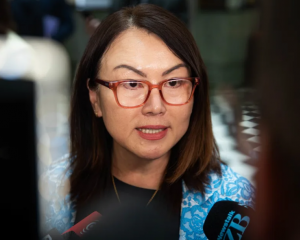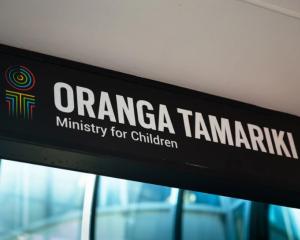
A new study says international students are an "untapped opportunity" for regions outside Auckland.
The study by economic consultants Infometrics says the regions are capturing only one-third of the $3.6 billion annual economic value of international students, despite having two-thirds of the country's population.
Dunedin is the only city outside Auckland where international students contribute more than the national average of 1.7% of regional economic output. Foreign students contribute 2.7% of output in Auckland, 2% in Dunedin, 1.15% in Rotorua, and less everywhere else.
"Leveraging the future demand for international students is a large and, in some cases, untapped opportunity for districts and regions around New Zealand," Infometrics said.
"But to attract students who could have a considerable impact on their local economy, New Zealand's regions need to be competitive.
Attracting students is often not all about having world-class education programmes, but the entire experience."
Education NZ chief executive Grant McPherson said the regions could offer quite different experiences from Auckland.
"What we are trying to communicate to key markets is that New Zealand has a range of opportunities," he said.
"Yes, you can get a big city experience. Or you can go all the way down to places like Queenstown and others to get a smaller experience that could have a much greater focus on the outdoors rather than in classrooms."
Unsurprisingly, six of the top seven regions for international students are the university centres of Auckland, Canterbury, Wellington, Waikato, Otago and Manawatu.
Canterbury and Manawatu come close behind Auckland, Dunedin and Rotorua in terms of the value of foreign students for the local economies, both at 1.1%.
But the surprise is that the Bay of Plenty comes in sixth in international students, despite not having a university, apart from a branch of Waikato University in Tauranga.
Its 4993 international students in 2015-16 directly supported 494 jobs and contributed $118 million to the regional economy - $68 million (0.78% of local output) in Tauranga and the Western Bay, and $48 million (1.15% of local output) in Rotorua.
Virgil Iraia, Rotorua-based president of the student body at the regional polytechnic Toi Ohomai, said the overseas students made Rotorua campus life more vibrant.
"There's kind of a buddy system, domestic students pairing up with international students, and also international students learning the way that local students study," he said.
In Tauranga, primary, secondary and tertiary-level schools collaborate to market the region through Education Tauranga. Its chairman, Greenpark School principal Graeme Lind, said primary schools had established a "niche market" in South Korea through two local agents, the Tauranga Korean Times and Vision.
"The majority of primary schools in Tauranga now have Korean students and we have created what I believe is a niche market in that we only put one person from each nationality per class," he said.












